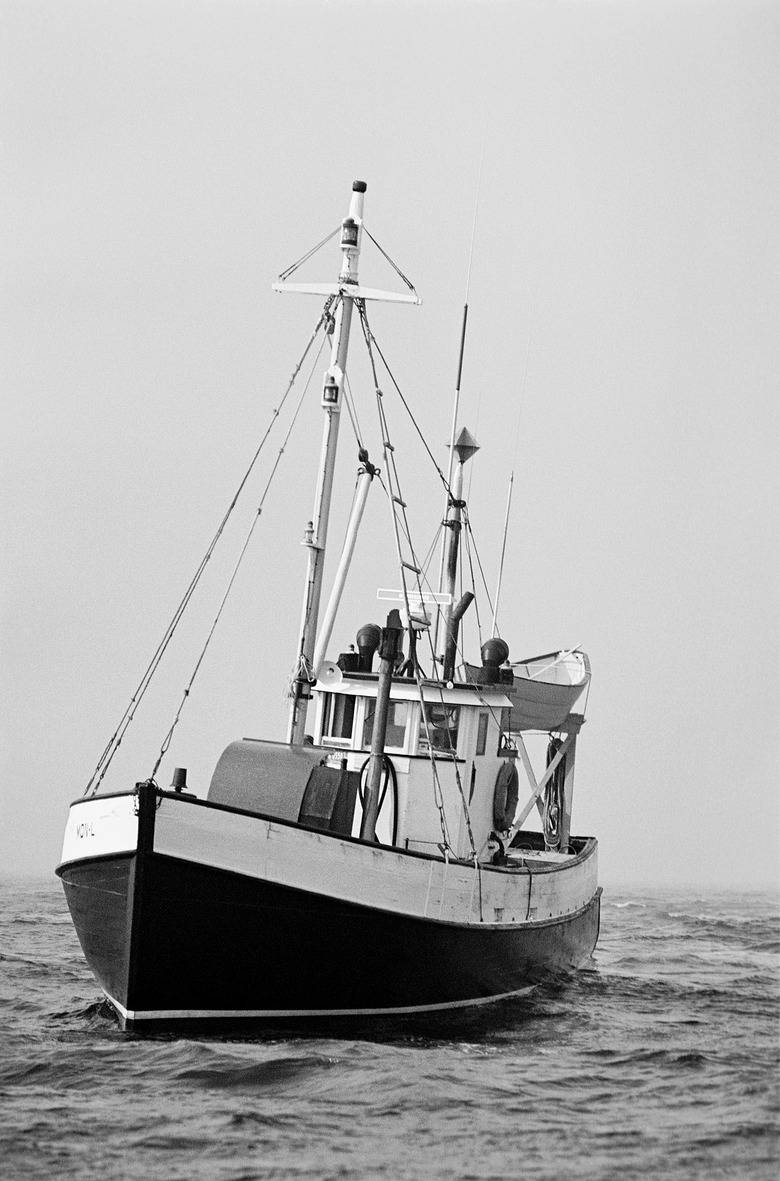What Are Two Renewable & Nonrenewable Resources Found In Ireland?
Ireland is a large island off the northwestern coast of Europe. It measures 301 miles at its longest and 170 miles at its widest. The Republic of Ireland shares the island with Northern Ireland. Ireland has two mountain ranges, the Caledonian and the Amorican. Its largest river, the Shannon, is 240 miles long. Ireland is relatively poor in fossil fuels, although recent discoveries of oil off the coast appear promising.
Nonrenewable Resource -- Peat
Nonrenewable Resource — Peat
Peat is thick, compressed plant matter that forms under waterlogged conditions. When dried, it's used as a source of energy because of its high carbon content — about 50 percent. In Ireland, the Bord na Mona is the government-run monopoly controlling commercial peat harvesting. Peat provides about 5 percent of Ireland's energy, through peat-burning power plants and as pelletized fuel for home stoves and burners. While peat is nonrenewable in terms of commercial power production, it can regenerate over thousands of years as new plant matter is deposited in Ireland's bogs and fens. The burning of peat throws off about twice as much carbon dioxide per joule of energy as does Ireland's other major nonrenewable energy source, natural gas.
Nonrenewable Resource -- Natural Gas
Nonrenewable Resource — Natural Gas
Natural gas is composed mostly of methane. Ireland currently produces 4 percent of the natural gas it uses. The waters surrounding Ireland have yielded two working gas fields. The older one lies in waters 328 feet deep off the southern coast near Kinsale, and extends to 3,280 feet below the seabed. Its capacity is nearly depleted. The second natural gas source is the Corrib gas field. It lies 51 miles off of Ireland's northwest coast, in water 1,150 feet deep. The gas field extends 9,842 feet under the seabed. When working at capacity, Shell Oil, the gas field's owner, estimates Corrib will supply 60 percent of Ireland's natural gas needs.
Renewable Resource -- Fish and Seafood
Renewable Resource — Fish and Seafood
Ireland is famous for its fishing venues and has a thriving seafood industry. In 2011, revenues from Ireland's seafood exports amounted to $537.5 million. The country has established aquaculture industries for salmon, oysters and mussels. The 1,738 miles Irish coastline is surrounded by mostly clean, unpolluted waters. Offshore fishing fleets catch a wide variety of fish, including mackerel, herring, brown crab and blue whiting. Ireland observes the European Commission's total allowable catch and quota management system to help protect against over-fishing and depletion. Some species, such as the Irish v-notched lobster and tuna, receive special environmental protections.
Renewable Resource -- Wind
Renewable Resource — Wind
Ireland puts its wind to work through 192 wind farms in 26 counties. The combined output is 2,232 megawatts per hour. In 2012, wind generated 15.5 percent of Ireland's electricity. A wind farm harvests energy from the wind using a concentration of wind turbines located in a small area. The turbines, which look like big fans, connect to medium-voltage collection systems and a substation. A transformer in the substation boosts the electrical voltage and sends the electricity into the power grid. Wind energy is clean, quiet and generally does not interfere with migrating birds, according to the British Society for the Protection of Birds.
Cite This Article
MLA
Finance, Eric Bank, MBA, MS. "What Are Two Renewable & Nonrenewable Resources Found In Ireland?" sciencing.com, https://www.sciencing.com/two-renewable-nonrenewable-resources-found-ireland-9561/. 24 April 2017.
APA
Finance, Eric Bank, MBA, MS. (2017, April 24). What Are Two Renewable & Nonrenewable Resources Found In Ireland?. sciencing.com. Retrieved from https://www.sciencing.com/two-renewable-nonrenewable-resources-found-ireland-9561/
Chicago
Finance, Eric Bank, MBA, MS. What Are Two Renewable & Nonrenewable Resources Found In Ireland? last modified March 24, 2022. https://www.sciencing.com/two-renewable-nonrenewable-resources-found-ireland-9561/
